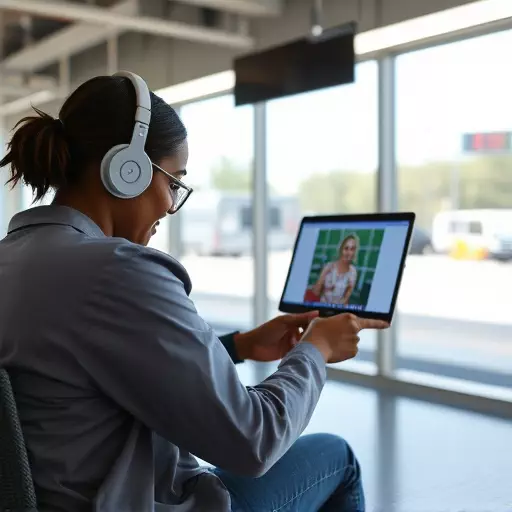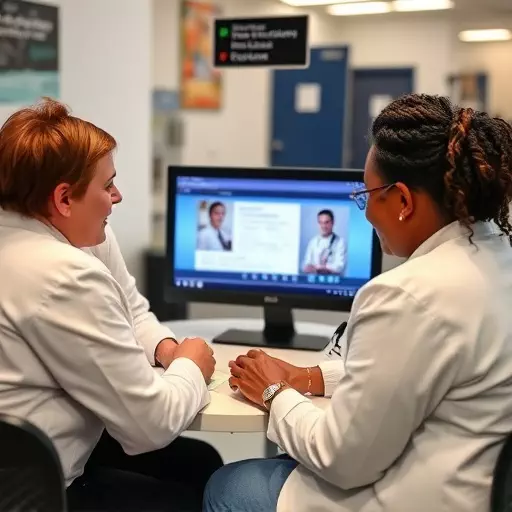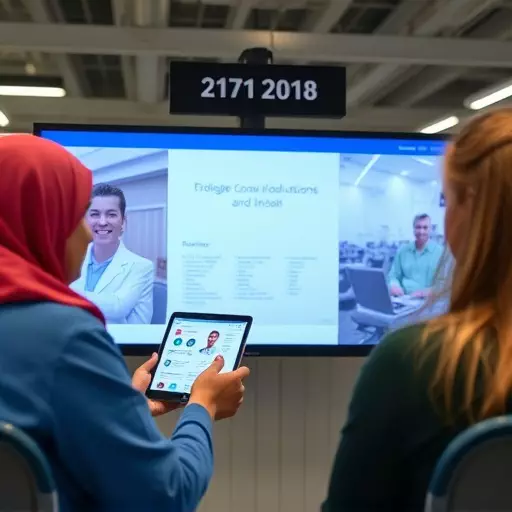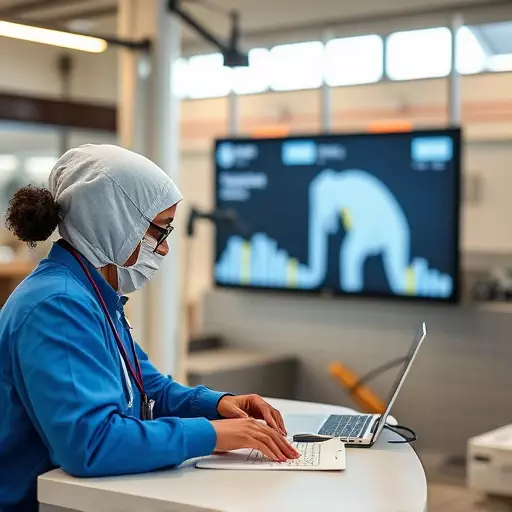Public health campaigns utilizing telehealth ozempic consultations in Gary-Lake Station effectively reach underserved communities in food deserts. These initiatives: (1) dispel myths about GLP-1 therapies like Ozempic, (2) provide accessible and accurate information, (3) build supportive community networks for users, and (4) enhance patient adherence to therapy regimens. By fostering community engagement, these telehealth services not only improve individual health outcomes but also encourage broader adoption of effective obesity management strategies across diverse populations, addressing the unique challenges of addressing food deserts with telemedicine-based obesity care and building community support systems for Ozempic users.
Public health campaigns play a pivotal role in combating misinformation surrounding GLP-1 therapies, offering crucial guidance to patients. This article explores innovative strategies to debunk myths through targeted initiatives. We delve into the success of telehealth Ozempic consultations in communities like Gary-Lake Station, bridging access gaps. Additionally, we discuss how telemedicine can address food deserts by providing obesity care and building community support systems for Ozempic users, fostering healthier environments.
- The Role of Public Health Campaigns in Debunking Myths About GLP-1 Therapies
- Telehealth Ozempic Consultations: Bridging the Gap in Gary-Lake Station and Beyond
- Addressing Food Deserts with Telemedicine-Based Obesity Care: Strategies for Community Engagement
The Role of Public Health Campaigns in Debunking Myths About GLP-1 Therapies

Public health campaigns play a pivotal role in dispelling myths surrounding GLP-1 therapies, like Ozempic consultations offered through telehealth services in Gary-Lake Station. By leveraging accessible platforms and innovative technologies, such as telemedicine, public health initiatives can reach underserved communities, including those in food deserts, where obesity rates tend to be higher. This approach ensures that accurate information about the benefits and safe use of GLP-1 drugs, like Ozempic, becomes readily available to individuals who might otherwise lack access to healthcare providers.
Moreover, these campaigns contribute to building supportive community networks for Ozempic users. By fostering open dialogue and sharing success stories, communities can combat stigma and provide encouragement, ultimately enhancing patient adherence to GLP-1 therapy regimens. This collective effort not only improves individual health outcomes but also has the potential to create a ripple effect, encouraging broader adoption of effective obesity management strategies across diverse populations.
Telehealth Ozempic Consultations: Bridging the Gap in Gary-Lake Station and Beyond

In recent years, telehealth Ozempic consultations have emerged as a game-changer in addressing food deserts, particularly in areas like Gary-Lake Station and similar communities. By leveraging telemedicine-based obesity care, patients can now access specialized services from the comfort of their homes, breaking down geographical barriers that once limited their options. This innovative approach is crucial in building community support systems for Ozempic users, who often face unique challenges in managing their health within resource-constrained environments.
Through virtual consultations, healthcare providers can offer personalized guidance on GLP-1 therapies, debunk myths surrounding these treatments, and provide ongoing education to ensure proper medication adherence. This not only enhances access to care but also fosters a sense of community among patients who may otherwise feel isolated due to their location or specific health needs. By bridging the gap in Gary-Lake Station and beyond, telehealth Ozempic consultations are revolutionizing obesity management, making evidence-based treatments more accessible and empowering individuals to take control of their health.
Addressing Food Deserts with Telemedicine-Based Obesity Care: Strategies for Community Engagement

In many communities, particularly those categorized as food deserts—areas with limited access to affordable and nutritious food options—obesity rates are alarmingly high. This presents a unique challenge that requires innovative solutions, such as telehealth ozempic consultations. By leveraging telemedicine, healthcare providers can offer specialized care to individuals in remote or underserved regions, including Gary-Lake Station. This approach not only addresses the immediate need for weight management support but also builds community engagement and support systems around GLP-1 therapies like Ozempic.
Community engagement is pivotal when introducing new treatments and dispelling myths about their effectiveness and safety. Local healthcare advocates, community health workers, and local leaders can play a crucial role in educating residents about telehealth ozempic consultations and the benefits of GLP-1 therapies. Tailored education sessions, peer support groups, and accessible information campaigns can help foster trust and encourage participation. Ultimately, these strategies aim to create a network of informed individuals who can advocate for healthier lifestyles within their communities, further strengthening the impact of public health initiatives targeting obesity.
